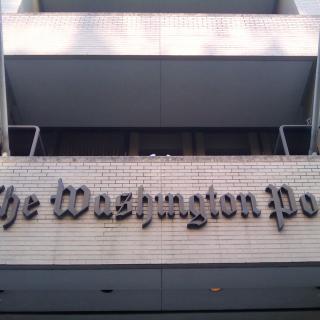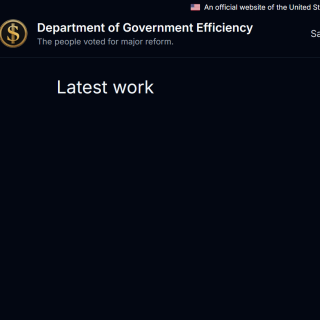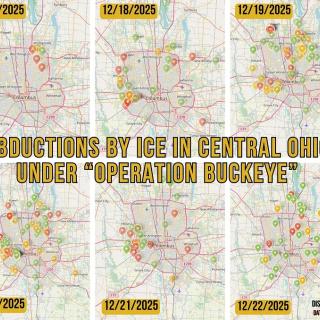If this year's U.S. presidential election was held in a foreign nation, the U.S. State Department would not certify it as a "free and fair election." If this occurred anywhere else in the world the report by our government would conclude that there is a "suspicion of fraud or error."
On Monday, November 7, 2016 the U.S. government denounced elections in Nicaragua, stating that they were “deeply concerned by the flawed presidential and legislative electoral process” and that they were concerned there was no “possibility of a free and fair election” in that country on November 6. The statement explained that: “In advance of the elections, the Nicaraguan government sidelined opposition candidates for president, limited domestic observation at the polls and access to voting credentials, and took other actions to deny democratic space in the process. The decision by the Nicaraguan government not to invite independent international electoral observers further degraded the legitimacy of the election.
The United States has a Jim Crow system based on state’s rights which allows 50 Secretaries of State to exclude international election observers and to repress minority votes. The U.S. government also recently condemned the lack of transparency in Uganda’s election, noting that they lacked a “transparent and credible electoral process.” Yet the U.S. has the least transparent elections among so-called democratic nations, allowing private, for profit corporations to secretly count the vote using proprietary software.
In 2015, the U.S. Agency for International Development published a pamphlet entitled: Executive Summary: Assessing And Verifying Election Results, A Decision-Maker’s Guide To Parallel Vote Tabulation And Other Tools. It had this to say on exit polls and detecting election fraud in overseas elections: “Detecting fraud: Exit polls provide data that is generally indicative of how people voted. A discrepancy between the aggregated choices reported by voters and the official results may suggest, but not prove, that results have been tampered with.”
Exit polls are the accepted international standard for indications of election fraud and vote tampering. Here I refer you to Eric Bjornlund and Glenn Cowan’s 2011 pamphlet Vote Count Verification: a User’s Guide for Funders, Implementers and Stakeholders. Their work, done under the auspices of Democracy International for the US Agency for International Development (USAID), outlines how exit polling is used to ensure free and fair elections.
“U.S-funded organizations have sponsored exit polls as part of democracy assistance programs in Macedonia (2005), Afghanistan (2004), Ukraine (2004), Azerbaijan (2005), the West Bank and Gaza Strip (2005), Lebanon (2005), Kazakhstan (2005), Kenya (2005, 2007), and Bangladesh (2009),among other places,” the pamphlet states.
Respected, well-established exit polls used by the major media consortium pool during this year's U.S. presidential election documented substantial deviations between how people said they voted as they exited their polling place and the government count. Those differences between the exit polls and the government count are depicted graphically below in the attached charts. Note that the government reported count is so far outside the statistical margin of error in the presidential tally in four states containing 74 electoral votes that it would be considered suspicious under international standards. Similar suspect results occurred in three Senate races. Those charts are also depicted below.
With this in mind, we are asking the U.S. State Department to hold the U.S. elections to the same standards as those in other nations.
---------------------------------------
Bob Fitrakis, Ph.D., J.D., was an international election observer for the 1994 presidential election in El Salvador and co-wrote and edited the international observer's report for the United Nations. He was also a lead attorney in the Moss v. Bush election challenge in 2004 and is currrently suing the Edison Research Group regarding their practice of adjusting exit poll data in favor of improbable results.
Charts courtesy of Greg Kilcup, Peter Peckarsky, and Ron Baiman, Assistant Professor, Benedictine University, and member of the Chicago Political Economy Group. The charts are a preliminary draft subject to revision as the data changes.



